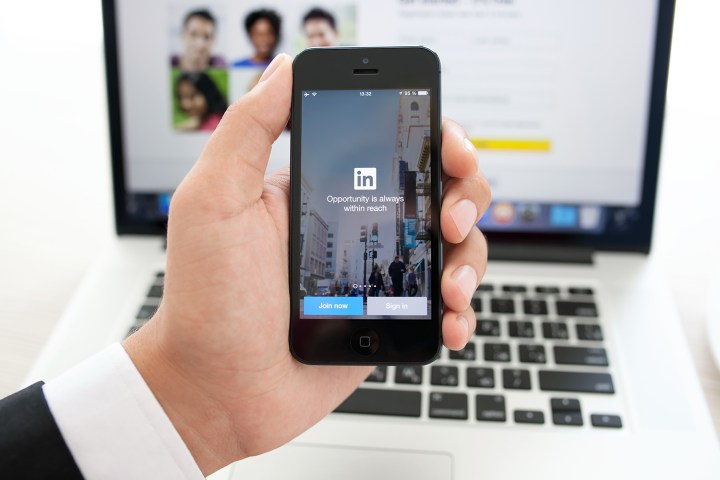
The highly requested option is part of the Microsoft-owned platform’s Open Candidates tool, which allows members to privately notify recruiters that they are interested in being contacted about new roles.
LinkedIn users can now self-identify as contractors via the preferences page in the Jobs tab on the site’s desktop version. The option is available alongside existing job types, such as full-time, part-time, internship, remote, and freelance. Recruiters now have access to a new contract filter via LinkedIn’s Recruiter platform, allowing them to narrow their search to these types of candidates.
The best thing about Open Candidates is that it allows members to discretely announce their interest in job opportunities, letting recruiters seek them out. Aside from business owners that offer contract services, the new contractor option is also beneficial to those users that want to find extra gigs outside of their day job.
“Contractor Targeting surfaces members who are likely to be interested in contract roles based on their preferences or profile history,” writes Eduardo Vivas, head of product and Linkedin talent solutions, in a blog post. “Together, these features all help unlock what we call ‘open talent’: candidates who aren’t just ‘passive’ or ‘active’ but instead are open to new opportunities.”
Having launched in October, LinkedIn Open Candidates is now being used by more than 3.4 million members. According to the platform, candidates who self-identify as contractors are three times more likely to respond to recruiters, with 40 percent responding within one day.
Open Candidates also allows members to share their profile with recruiters before they begin the application process for a job. This means that recruiters can maintain contact with them even if they don’t finish an application form.
Last month, LinkedIn overhauled its desktop site to offer a streamlined experience complete with better search functions, more relevant results, and a new messaging interface. The company is also planning to integrate a number of its features with Microsoft’s productivity software.


